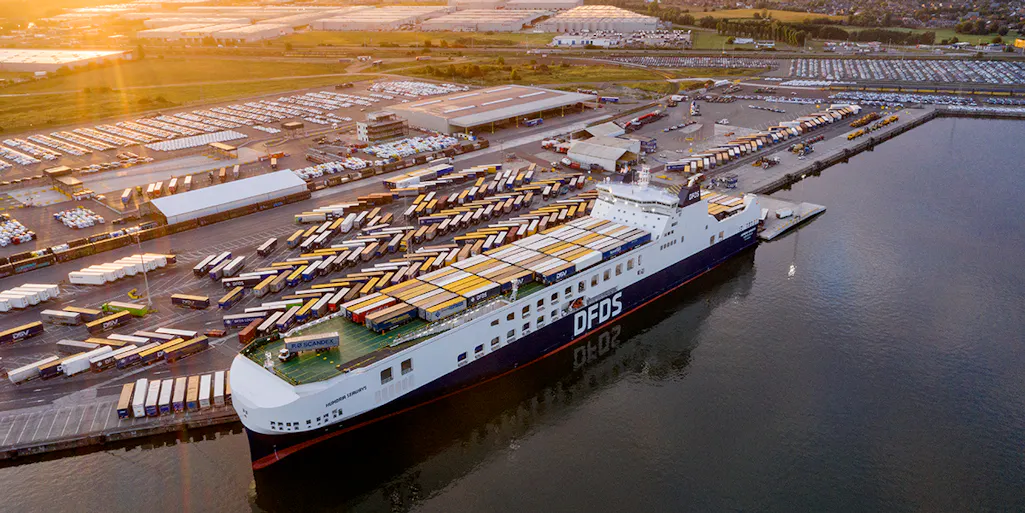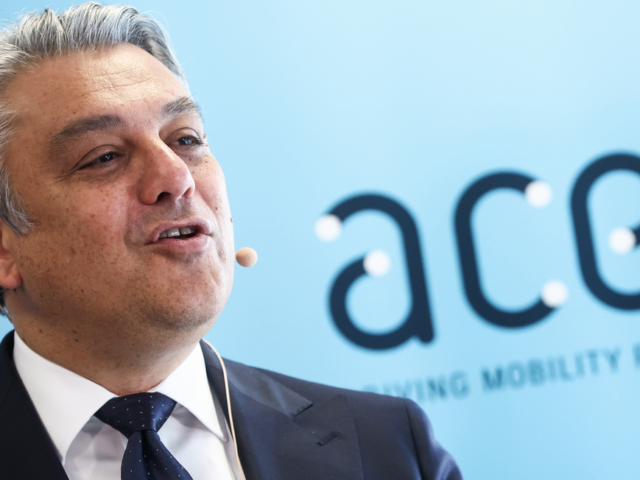
Danish DFDS electrifies cross-channel transport

DFDS will invest in electric vessels on the English Channel /DFDS
Danish shipping and logistics company DFDS, one of Northern Europe's largest shipping companies, is to deploy a fleet of battery electric ve


Comments
Ready to join the conversation?
You must be an active subscriber to leave a comment.
Subscribe Today